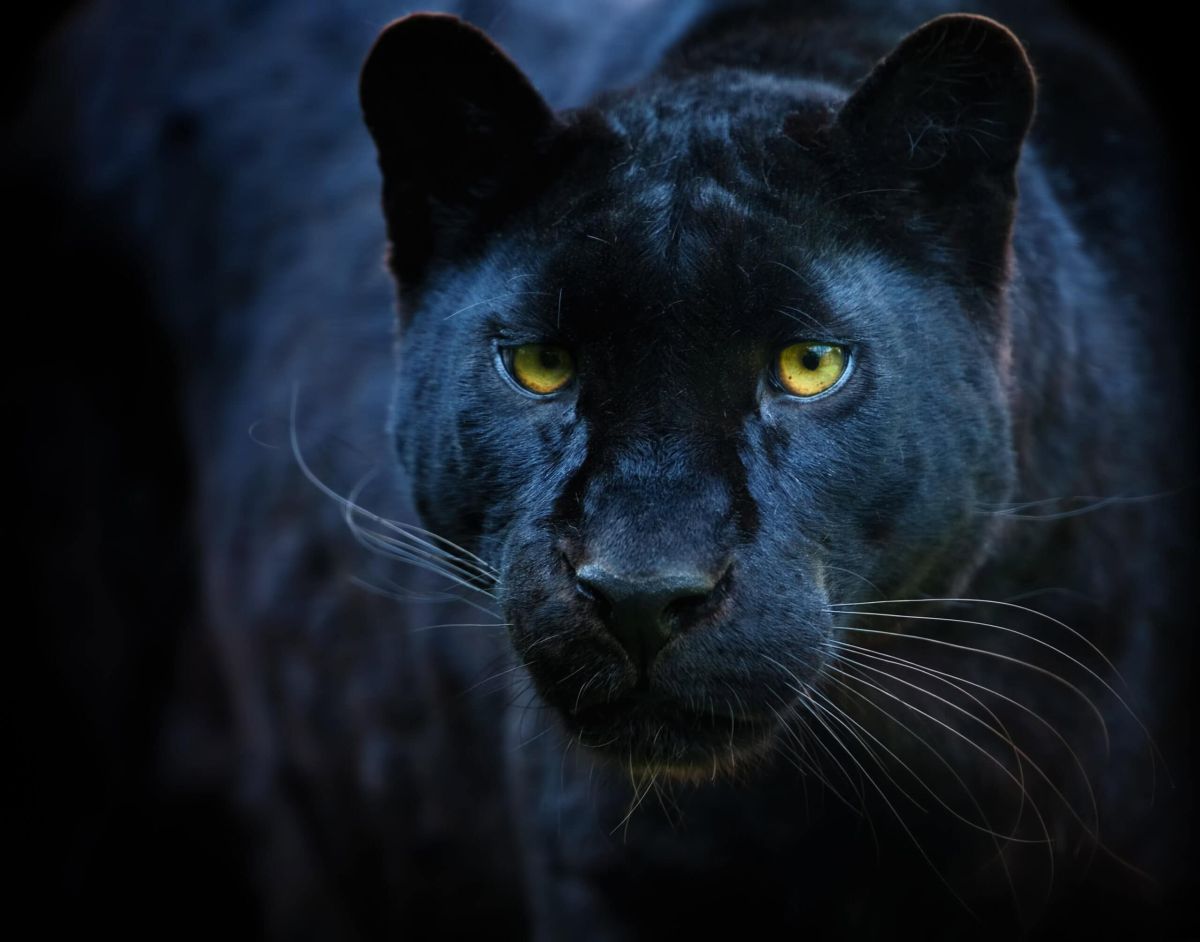Understanding Black Cats: The Genetics Behind Melanism

For cat enthusiasts and wildlife lovers, black cats hold an air of mystery and intrigue. Their sleek coats and almost ethereal presence raise a host of questions, particularly about their genetics and the phenomenon known as melanism. If you skipped the introductory lessons, here’s the essential rundown on black cats, including their classification, genetics, and ecological implications.
The Science of Melanism
Melanism refers to the increased amount of melanin pigment, which results in a darker appearance in an animal’s coat. This genetic trait is not exclusive to domestic cats; it also occurs in various wild cat species. At least 14 species of wild cats can display melanism, including leopards, jaguars, servals, bobcats, and marbled cats, among others. In the wild cat world, black cats are not a separate species but rather a genetic variation akin to hair colors in humans.
It’s important to note that the term “black panther” often causes confusion. Contrary to a common misconception, it does not refer to a distinct species. Instead, it is an informal name for melanistic individuals of both leopards and jaguars. This term has been popularized over time, yet the cats remain fundamentally the same species as their lighter counterparts.
Can a Cat Be Half-and-Half?
A question that often arises is whether a cat can exhibit a mix of both melanistic and typical coat patterns. The answer is no. Melanism follows a Mendelian mode of inheritance, meaning that a wild cat will express one of two possible phenotypes: either the dominant phenotype (normal coloring) or the recessive phenotype (black coloring). As a result, a cat cannot exhibit traits of both; it will either be black or display the typical coat coloration.
For leopards, genotypes reflect this trait, with the “AA” and “Aa” genotypes showcasing normal patterns while the “aa” genotype produces melanistic individuals. Jaguars, on the other hand, experience melanism through a dominant gene, allowing for a smaller percentage of black jaguars in the population.
Do Black Cats Still Have Spots?
Interestingly, melanistic leopards and jaguars retain their distinctive coat patterns, albeit hidden under the dark fur. Research indicates that the rosettes of melanistic leopards can still be visible under certain lighting conditions. This suggests that different molecular mechanisms govern melanism and coat patterns. Simply put, a leopard or jaguar does not entirely lose its spots; rather, they become less discernible beneath their darker coloration.
Nature vs. Nurture: The Role of Environment
While the expression of melanism is determined purely by genetics, environmental factors can influence the survival and reproductive success of melanistic individuals. Natural selection plays a significant role in determining the frequency of melanism within wild cat populations.
In certain habitats, such as moist forests, black coloring may confer advantages that improve survival. The increased density of vegetation can provide camouflage against predators and prey alike. In these settings, the presence of melanistic individuals might signify adaptive selection, enhancing their chances of survival.
Conversely, in open habitats, such as those found in Africa and China, melanistic individuals might struggle to thrive. The darker coloration may be less effective for blending into environments where lighter coats provide better camouflage. As a result, purifying selection might occur, meaning that normally patterned cats have a greater chance of passing on their genes in these regions.
Conclusion
Black cats are not merely a charming oddity; they embody a fascinating intersection of genetics, environment, and survival. Understanding the mechanisms behind melanism not only unravels the allure of black cats but also deepens our appreciation for the complexity of animal biology and ecology. Whether discussed as house pets or majestic wild creatures, they continue to captivate our imaginations, reminding us of the wonders of nature and the myriad ways it expresses itself. So, the next time you see a black cat, take a moment to appreciate the science and beauty behind its striking appearance.



